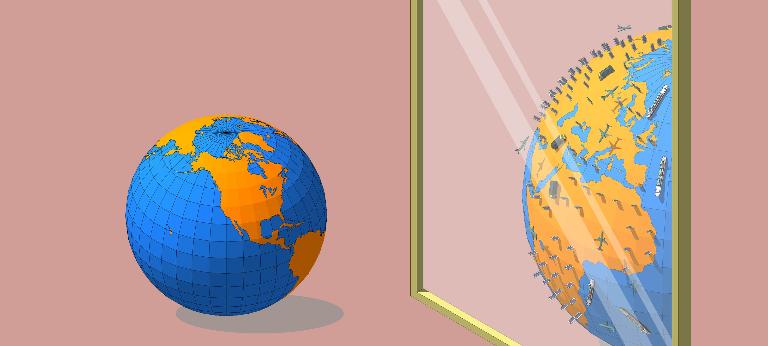Your path to tomorrow, today
![{[downloads[language].preview]}](https://www.rolandberger.com/publications/publication_image/tam_future_cover_en_download_preview.jpg)
The actions of the present lay the foundations for the future. What does this saying mean in turbulent times? Consider a mix of solidity and flexibility!



by Janet Anderson
Illustrations by Maximus Chatsky
Read more about the topic "Own the future"
Globalization has brought many benefits to businesses, individuals and whole countries, but the recent backlash has called these into question. Amid growing tensions, it is vital to distinguish between perception and reality. Research by Pankaj Ghemawat, global professor of management and strategy at the Stern School of Business at New York University and co-author of the "DHL Global Connectedness Index", reveals that we both over- and underestimate the extent of globalization. Getting the facts right can help business and policymakers identify key challenges and spot opportunities.
Recent trade wars and a new nationalism have had an impact on globalization, but not as great as some may think. International flows of products and services (trade), capital, information and people, are still growing overall.
A survey of over 6,000 managers in Germany, the UK, the US, Brazil, China and India, carried out by Pankaj Ghemawat and colleagues in 2017, shows how much we overestimate globalization. In fact, domestic activity far outweighs international – and there is still potential for growth.


![{[downloads[language].preview]}](https://www.rolandberger.com/publications/publication_image/tam_future_cover_en_download_preview.jpg)
The actions of the present lay the foundations for the future. What does this saying mean in turbulent times? Consider a mix of solidity and flexibility!
Curious about the contents of our newest Think:Act magazine? Receive your very own copy by signing up now! Subscribe here to receive our Think:Act magazine and the latest news from Roland Berger.
